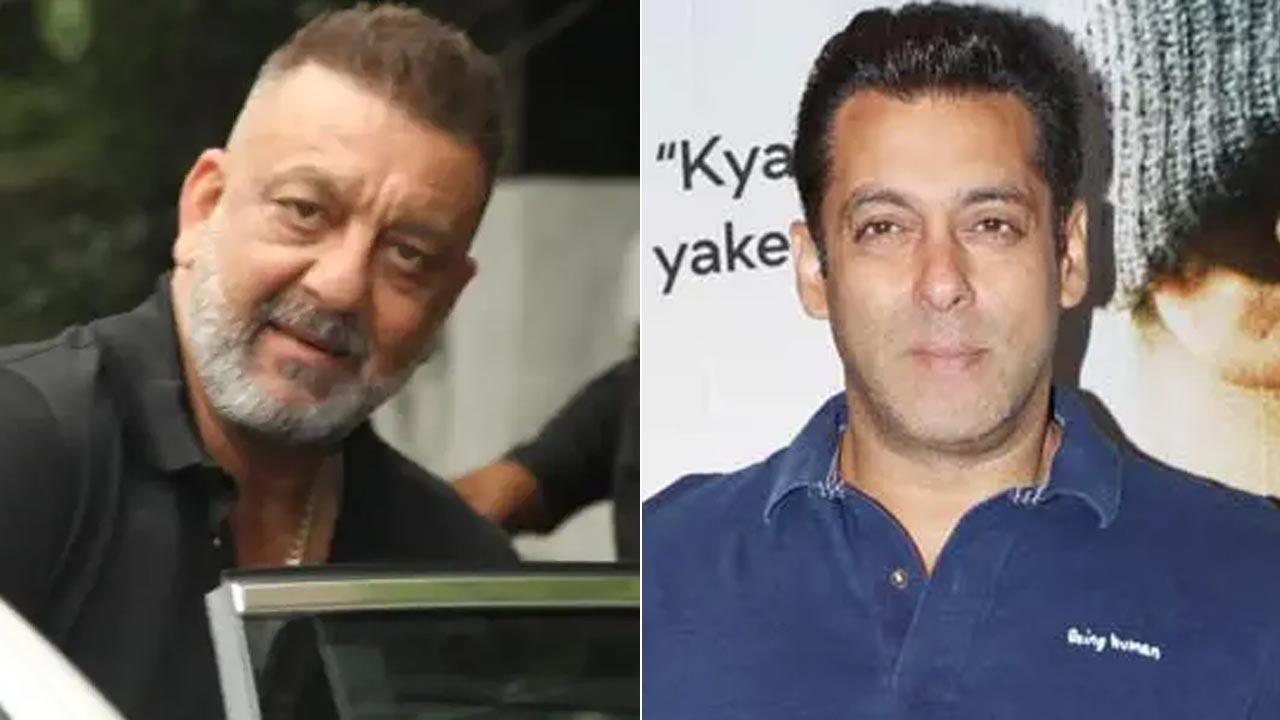
Celebrated actor-producer Dulquer Salmaan is riding high on the success of his versatile filmography, reflecting on the unexpected admiration he has garnered from Telugu audiences. “At the start of my career, if anyone had told me that I would receive such love from the Telugu audience, I would not have believed it. The acceptance has been surprising and shocking in equal measure,” Dulquer confessed recently. The young actor is set to appear in his new Telugu film, “Lucky Baskhar,” which is directed by Venky Atluri and is scheduled to hit theaters on October 31. Dulquer takes on the role of Baskhar, a middle-class man entwined in banking fraud to support his family’s financial needs. In parallel, Dulquer is also distributing “KA,” a Telugu period drama headlined by Kiran Abbavaram, which will also release on the same day in Malayalam.
During a candid conversation at the Annapurna Studios Annexe in Hyderabad, Dulquer reflected on his cinematic journey, which catapulted him to diverse film industries across India following his breakthrough with “Ustad Hotel,” his second Malayalam film in 2012. Raised in Chennai and fluent in Tamil, it was unsurprising for Dulquer to venture into Tamil cinema. However, he expressed amusement at inquiries that emerged from Hindi cinema. Yet, the biggest surprise came when Telugu cinema embraced him, notably after his performances in the Savitri biopic “Mahanati,” the romantic drama “Sita Ramam,” and a cameo in “Kalki.” All these films, products of Vyjayanthi Films, were period dramas that awarded Dulquer the affectionate epithet ‘retro star.’
Dulquer’s rapport with the Telugu diaspora is evident in his interactions worldwide. “When I choose Telugu films, I want to make sure that this section of the audience is happy,” he stressed, underscoring his commitment to delivering quality cinema that resonates with Telugu-speaking audiences.
“Lucky Baskhar,” crafted by Sithara Entertainments with Venky Atluri at the helm, explores Bombay during the late ‘80s and early ‘90s. Dulquer found himself drawn to Baskhar’s story — a tale of an ordinary man with extraordinary challenges. “Venky narrated it in a way that felt incredibly real. Baskhar deals with a fixed income but faces a negative cash flow each month. As his family’s sole provider, Baskhar supports his ailing father, wife, son, and two siblings amidst obligations and unforeseen expenditures. It’s not just Baskhar’s story; it’s India’s story,” Dulquer proclaimed.
While the theme of financial fraud intrigued Dulquer, it wasn’t sufficient to secure his commitment without due diligence. Known for his “logic meter,” Dulquer bombarded director Venky with questions. “Venky had done his research and had all the answers,” Dulquer shared, appreciating how Venky adeptly balanced entertainment with poignant human drama without moralizing. Drawing on reference points such as Hansal Mehta’s “Scam 1992” and Hollywood classics “The Wolf of Wall Street” and “The Big Short,” Dulquer accentuated that “Lucky Baskhar” remains deeply rooted in the Indian context with an innovative storyline.
.
As Baskhar, Dulquer explores a character with complex moral shades. “I cannot reveal much, but Baskhar’s actions are justified to a degree. However, he faces consequences when he oversteps,” Dulquer explained, fostering a nuanced viewer connection with the character.
Dulquer’s cinematic exploration extends across various period settings, from the ‘50s to the ‘90s, as seen in his Malayalam film “Kurup” and the forthcoming Tamil feature “Kaantha,” co-produced with Rana Daggubati. He perceives part of the character-building process as dependent on attire and demeanor. Fashion designer Archana Rao, a collaborator on projects such as “Mahanati,” “Sita Ramam,” “Kalki,” and “Lucky Baskhar,” transformed Dulquer into Baskhar, eschewing the dapper style of his “Mahanati” character for more understated expressions of middle-class aesthetics.
Dulquer explained how wardrobe plays an integral role in embodying characters. He reminisced about the thoughtful detailing in Archana’s designs, which help actors immerse themselves in their roles: “A lot of our confidence in portraying a character comes from what we wear, and working with her has been wonderful.” Dulquer’s enthusiasm for fashion was inherited from his father, Malayalam superstar Mammootty. “I had an eye for men’s fashion even when I was abroad,” Dulquer remarked, reflecting on the stylistic influences from the past.
Period dramas, particularly set from the 1950s to the early 2000s, have gained traction in Indian cinema, a trend Dulquer attributes to the expansive potential for storytelling within these eras. “Today, when we all are perpetually connected via smartphones, narratives like ‘Sita Ramam’ lose context. A world of handwritten letters and suspense-filled waiting periods is part of the beauty of such dramas,” Dulquer enthusiastically explained.
“Lucky Baskhar” unfolds within meticulously reconstructed settings in Mumbai’s Nariman Point and Colaba. Production designer Banglan and cinematographer Nimish Ravi, Dulquer’s partners on “Kurup,” successfully reimagined Bombay’s past milieu. “Baskhar’s house felt genuinely lived in. Watching the actors bring that era to life felt authentic,” Dulquer recounted, extolling the surprising degree of character the sets contributed.
In his continued efforts to ensure authenticity, Dulquer has undertaken dubbing his lines in Telugu himself. Since his dubbing debut in “Mahanati,” Dulquer expresses, “I have improved, and fewer corrections come my way these days.”
Future projects, including “Kaantha” and two more Telugu films — “Aakasamlo Oka Taara” and a yet-untitled film — illustrate Dulquer’s ongoing dedication to multilingual cinema. “The diverse cultural landscape in India always fascinates me,” he noted with satisfaction, underscoring the enriching crossover of languages and contexts in his career.
As the conversation drew to a close, Dulquer pondered the heartfelt fan letters he keeps, mementos of admiration for his role as Ram in “Sita Ramam.” “The care and creativity people invest in these letters move me, and as long as I continue to do good work and meet audience expectations, I am content,” he concluded.










